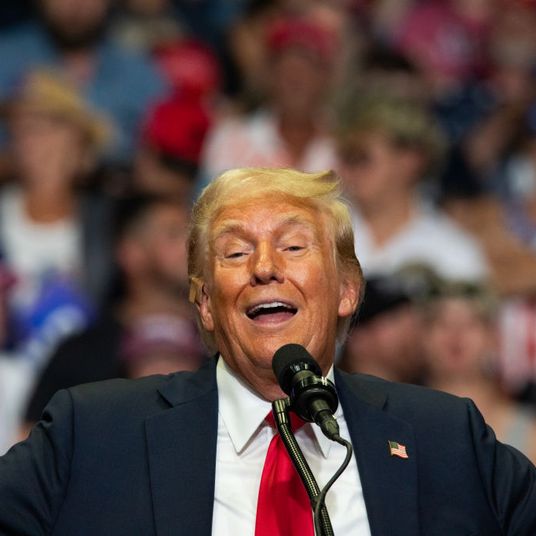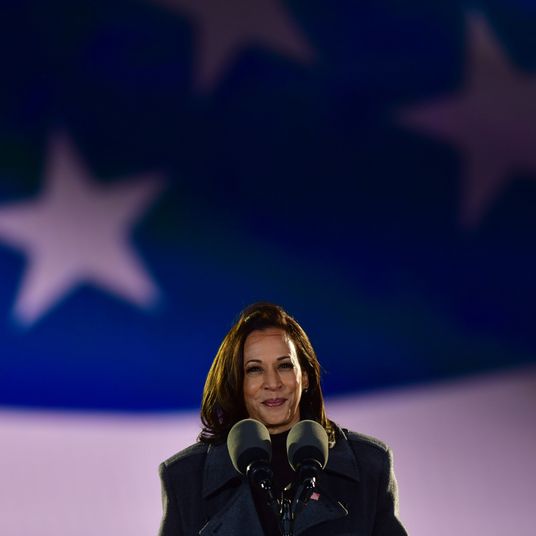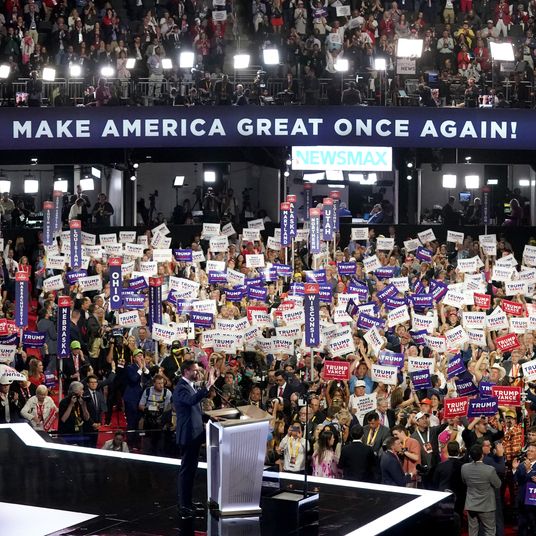
Earlier this fall — an eternity in the world of Wall Street — a consensus was starting to emerge about the state of the economy. The investing and trading class were finally starting to believe what Federal Reserve officials had been saying for the last year or so: The central bank would not cut interest rates any time soon and would hold these rates around the two-decade highs for as long as possible. The point of all this was to slow down the economy, which, in theory, would push inflation down to 2 percent in a year or so.
But as anyone in the finance industry knows, the Fed is not the only piece in the larger economic puzzle (though, it is an extremely important one). Over recent months there had been a wild sell-off in the bond markets. One big effect of that was to increase borrowing costs for the U.S. government, which had to pay more to finance its $34 trillion debt, but also on consumer debts, including credit cards and mortgages, that track bond prices. By selling off — and, thus, raising borrowing costs — the bond markets were “doing the Fed’s work,” the Financial Times’ Alexandra Scaggs declared. That is, they were working to cool down spending and investment, and thus the economy as a whole (and thus, probably, inflation).
Since that bond market sell-off reached a crescendo on October 19, a great deal has changed. The 10-year Treasury bill’s yield fell to 4.21 percent on Friday, down from nearly 4.99 percent — a giant move in market that’s prone to far more modest ones. Inflation has also been coming down. For those reasons, the Fed is now seen by investors as unlikely to raise interest rates again. The bond market, in fact, is now predicting there will be a rate cut as early as March — when just over a month ago the first cut was predicted to be in early 2025. Investors including Bill Ackman think that the era of high rates is just about over — and why wouldn’t they, when a Fed governor is out there saying as much?
Which is all to say, Wall Street has very quickly changed its views about interest rates over the past five weeks or so. On December 1, Fed chair Jerome Powell — the man who has been pushing rates up for more than a year — fired back, clearly seeking to tamp down those happy new expectations. “It would be premature to conclude with confidence that we have achieved a sufficiently restrictive stance, or to speculate on when policy might ease,” Powell said, speaking about as bluntly as Fed chairmen ever will. “We are prepared to tighten policy further if it becomes appropriate to do so.” It is, functionally, the same message he’s been delivering since at least last August, when he scolded Wall Street from a podium at Jackson Hole, Wyoming, for betting against him and triggered a massive sell-off.
But after this most recent speech, bond markets had no such reaction. This time, for whatever reason, investors don’t believe him. Instead, they did roughly the opposite of what he seemed to be advising, buying up government bonds, sending yields way down — which, in turn, tends to send borrowing costs lower. “Not since Powell’s short and decisively succinct warning at the 2022 Jackson Hole conference have markets necessarily taken the Fed’s shifting commentary as seriously,” said Quincy Krosby, chief global strategist for LPL Financial, in a note.
To understand what’s happening, you have to know that the bond market believes it is in a game of chicken with Powell. Since the spring of 2021, a familiar dance has largely played out over and over again: The Fed chair makes some pronouncement about the state of the economy, and the bond market thinks he’s wrong. It almost hasn’t mattered what the pronouncement is. When Powell called inflation “transitory” in 2021, bond traders instead sent yields to the highest point since the pre-pandemic era. Again now, investors doubt what Powell is saying. Since inflation appears to be cooling, all without a recession, the need for such high rates becomes less and less clear. Bond traders figure he has no real choice but to say that he could raise rates again. To do otherwise would be to invite another spending spree, send rates down further, and, in turn, spark up inflation once again. So they hear the words, but they don’t believe them.
There is the problem, though. With bond markets going on a spree anyway, they are erasing all the work they were doing for the Fed around September and October, when bond yields reached generational highs. (The yield on 10-year Treasury bills topped 5 percent in late October, the highest since 2007 — on Friday it was trading all the way down at 4.22 percent.) Last month was the best for the longer dated treasuries market since the 1980s. But remember: That rally, in turn, brings borrowing costs down — doing exactly the opposite of what the Fed is saying it wants to happen, with inflation still looming as a concern.
So it’s worth questioning who to trust here: Powell or the bond markets? Investors expect the Fed to cut rates sooner than later, but the more that Wall Street believes that, the more it helps ease the economy. The Fed may look at that and think Wall Street is, again, doing the central bank’s work — this time, by making borrowing cheaper. The Fed will take in reams of data as it decides whether to cut — including the sudden (if limited) breathing room that markets have given to, say, home buyers. It would be ironic if Wall Street ended up forcing the Fed to keep rates higher for longer with its expectations for the opposite. But then again, it wouldn’t be the first time they got Powell wrong.





























